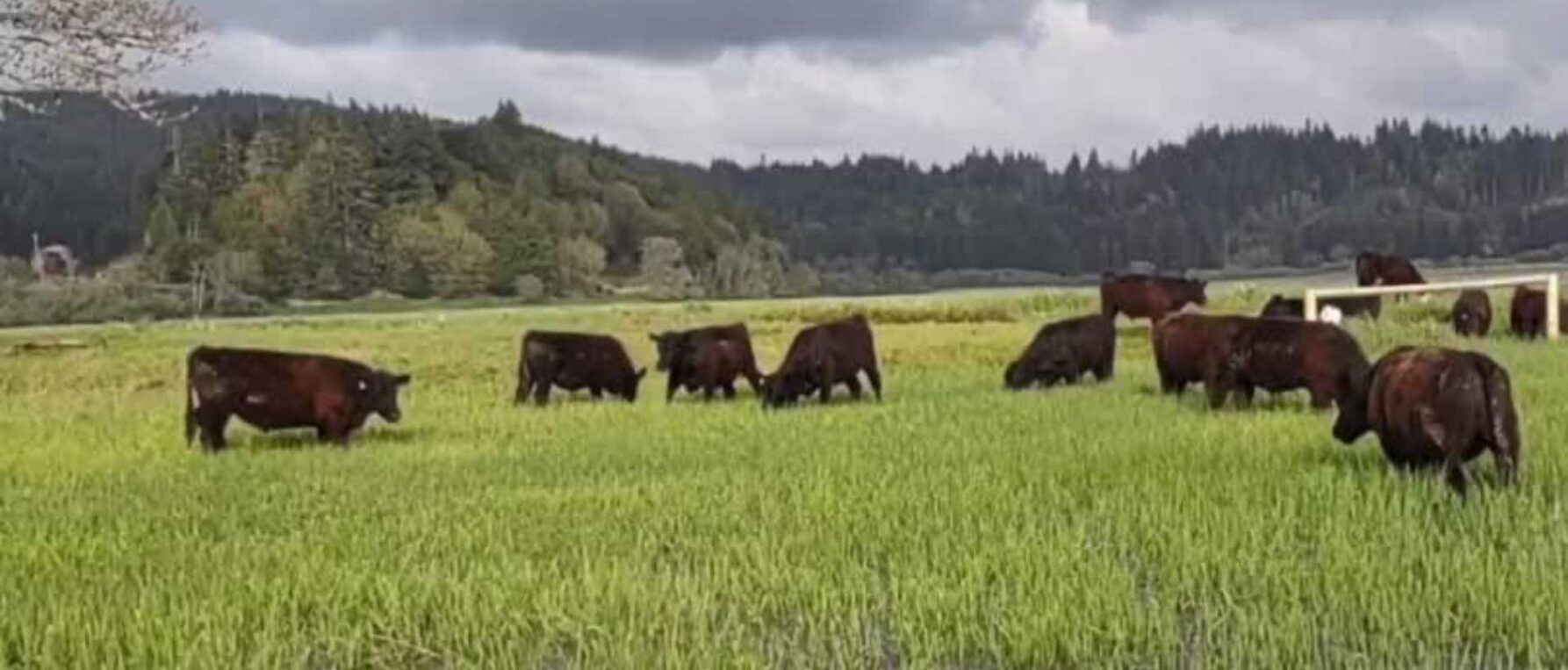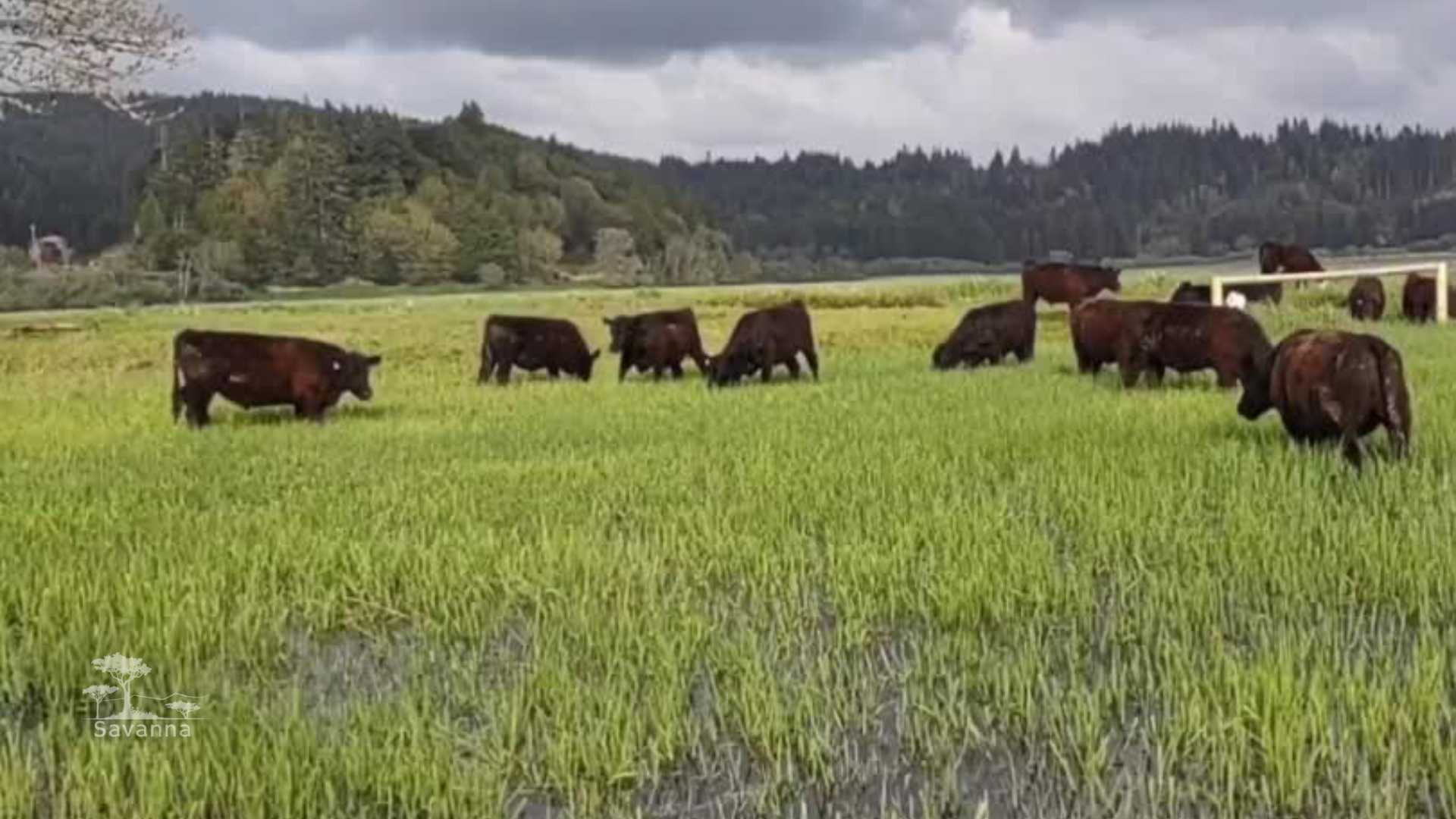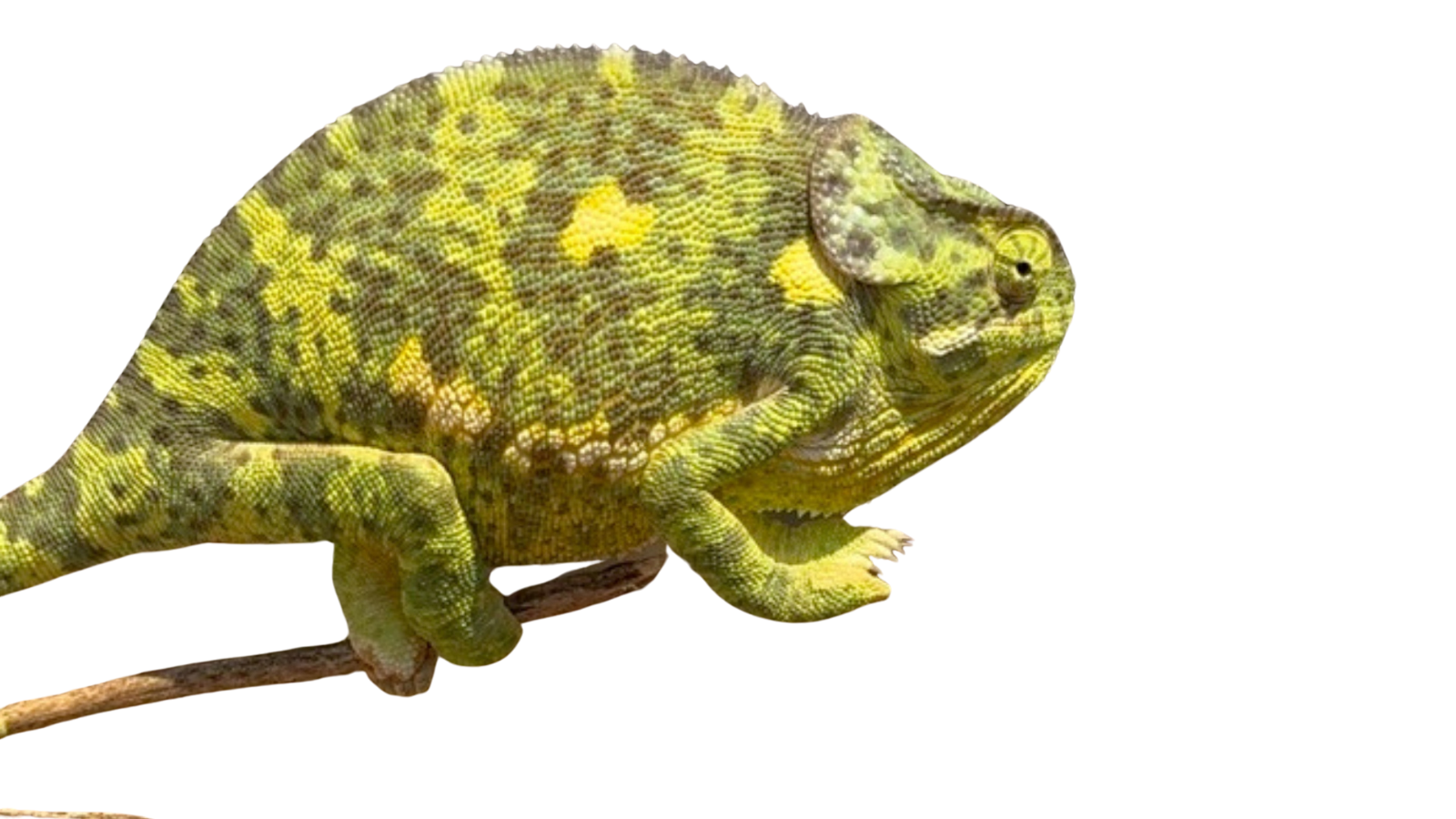
Mimicking nature is more difficult than it seems. Or maybe its more simple. One of the two. Often when grazers think they are mimicking nature they are actually mimicking their neighbors. Other times they are mimicking what they read in a book or some blog.
Ranchers are often motivated by a fear of being weird. Or if they’re already weird, they’re afraid of just being normal again. Then all their eco-groovy facebook friends would think they were weird. In previous posts, I discussed at length “stock density” in the Serengeti Ecosystem. Here I will take another approach and outline the density decisions I made here on the ranch this year. And it was a really good year. This week I will lay out the whole season, end to end, in brief.
2022 Season Thumbnail Summary
Early Spring
In early spring, I spread the animals out in our cool, rainy climate. I do not rotate them much and I would like to rotate them less.
The grass is short, let’s say about 2 inches tall, and if it isn’t, it’s because I didn’t do something quite right. In terms of stock density, there is none: they are spread out over the whole ranch.
Late Spring
In late spring, as grass growth surged, I started bringing the animals together in smaller paddocks. I did this slowly at initially, and I never bothered getting the density too high. In the beginning, the cattle were in fifty-acre paddocks; by the end, I was in five-acre paddocks. I did this to prevent the grass in those paddocks from getting too tall. However, at the same time, this allowed other ungrazed paddocks to get away from me. That was fine; I didn’t worry about it: I just tried to stay on top of some of the grass and not let it all ‘get away.’ I brought cattle together not to give the grass more recovery time, but rather because the grass was getting ‘too tall.’ This is important. Hence the italics.
Early Summer
When growth suddenly slowed in mid-June due to changes in day length, I needed to give the grass more time to recover. At the same time, I needed to do something with all the six-foot-tall grass that had gotten away from me in the spring. So this is when I brought the cattle together at much higher densities, Total Grazing/ Mob Grazing. I gave the cattle one or two acres a day, or about 250,000 pounds of density to the acre for these six weeks.
Late Summer
In late summer, the grass I kept short during late spring was ready to graze again. I brought the cattle out of density, and my paddocks were again 5-10 acres in size with herds of about 250 animals. Grass growth is still relatively fast but not as fast as in the spring. Paddocks need 60 days of recovery, and the Mob Grazed/Total Grazed need more.
Fall-Early Spring
In fall, it starts to rain again, the weather starts to get cooler, and the grass becomes much more subdued. This is when I work down any stockpile. Once the grass is two inches again, I spread the cattle back out clipping what little growth occurs at that time of year.
Over the next month, I will talk more about all this, taking a week to discuss each season.

